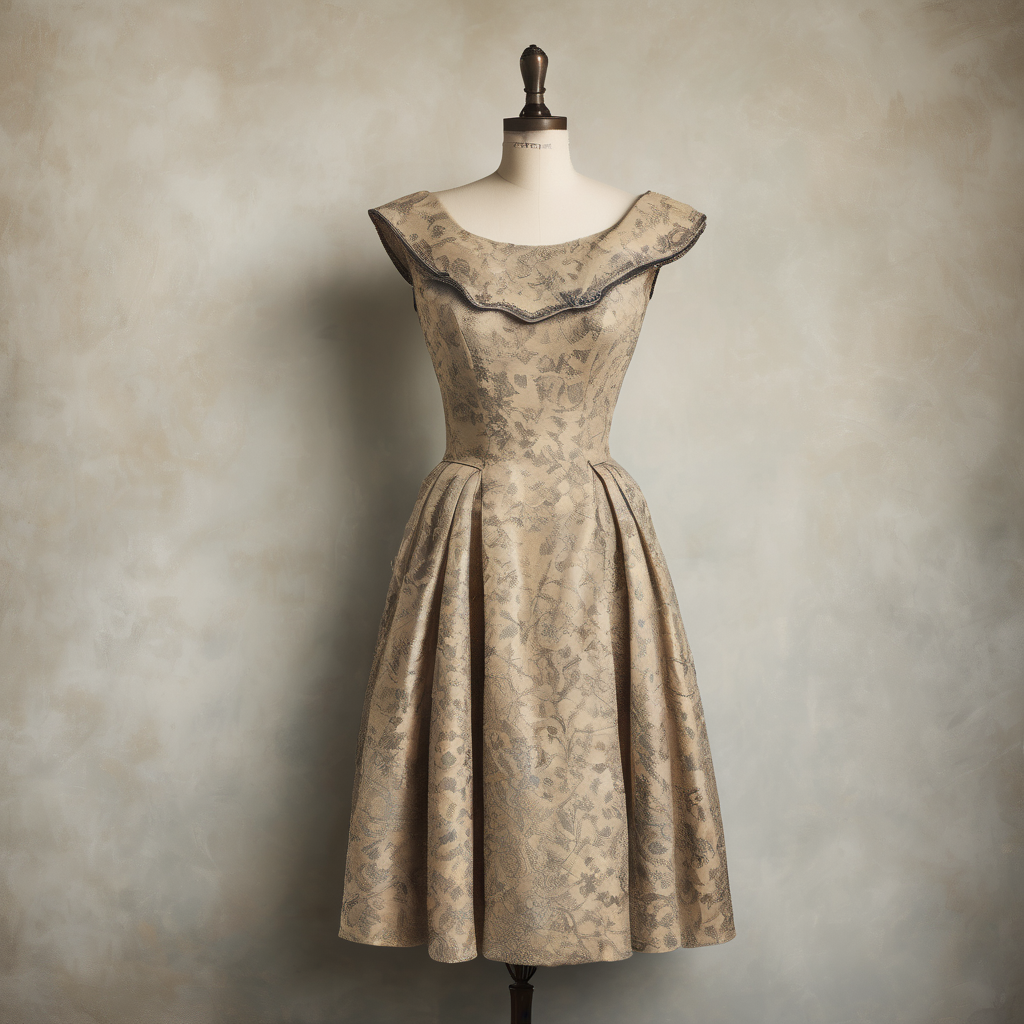Julia Fox is making headlines with her controversial Halloween costume, which features a striking homage to Jacqueline Kennedy Onassis on the day of her husband’s assassination. The actress and model donned a pink suit and pillbox hat, mirroring the iconic look Onassis wore while riding in the motorcade with President John F. Kennedy in Dallas in 1963. To enhance the gruesome theme, Fox added “blood” stains to the ensemble at a Halloween party in New York City for The Cursed Amulet game.
The decision to recreate such a traumatic moment in history has sparked significant backlash. Many online commentators have criticized the costume as “wildly inappropriate,” asserting that “tragedy is not a costume.” Feedback highlighted a sense of discomfort surrounding the portrayal of such a tragic event as a fashion statement, with some calling it the “most tasteless thing” they had ever seen.
In response to the criticism, Fox took to Instagram to clarify her intentions, stating that her outfit was “not a costume, but a statement.” She referred to Onassis’s remarkable composure in the wake of her husband’s assassination, famously choosing to wear her blood-stained clothes during Lyndon B. Johnson’s swearing-in ceremony. Fox emphasized the haunting imagery of beauty juxtaposed with horror, portraying Onassis’s act as one of extraordinary bravery—a demonstration of trauma and feminine resilience in the face of brutal reality.
Fox’s history of provocative fashion choices and bold statements adds context to her decision. Just this month, she made waves at a press conference for her film “Him,” challenging discussions around toxic masculinity. Her previous writings, including a guide in The New York Times on embracing individuality, further reflect her commitment to defying societal norms.
While opinions on her Halloween costume may vary, Fox’s intention to provoke a dialogue around femininity, trauma, and historical memory is clear. This incident illustrates the delicate balance between artistic expression and sensitivity to the past, highlighting how public figures navigate these complex spaces in contemporary culture.
